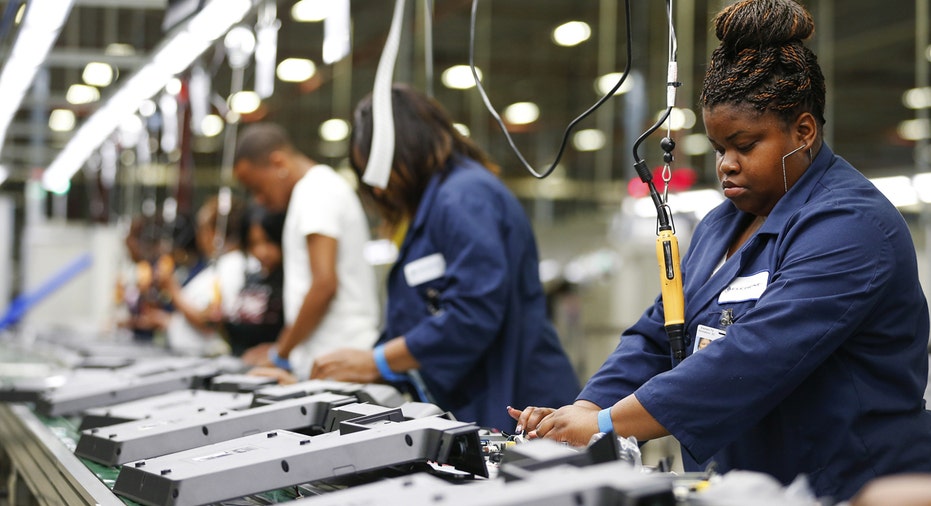Mid-Atlantic Manufacturing Activity Back in Expansion

Manufacturing activity in the mid-Atlantic region improved in November, the latest sign of possible stabilization in a sector that has been hamstrung by weaker global demand and a stronger U.S. dollar.
The Federal Reserve Bank of Philadelphia said its index of general business activity covering the regional factory sector rose to 1.9 this month from -4.5 in October and -6.0 in September. Since running to the best level of the year in June, the index has given back ground.
The index unexpectedly bounced back above the flat line and modestly into expansionary territory. Economists surveyed by The Wall Street Journal anticipated an improvement to -1.0.
The report follows another weak reading from the New York area, where manufacturing conditions deteriorated for the fourth straight month and again failed to improve as economists expected. However, recent readings from some other pockets of the country have suggested conditions are stabilizing. The sector has been under pressure from a weaker global economy and adverse exchange rates that make U.S. goods more expensive overseas, in addition to sharply lower commodity prices.
In the Philadelphia survey, subindexes showed improvement, with new orders climbing seven points and shipments rising four points. Both measures plunged last month, with the former turning negative for the first time in over two years and the latter tumbling over 20 points. Still, both indexes remained negative in November. Inventories also took back ground lost in October, but that gauge remained negative at -7.9.
Labor market indicators were mixed, with the index measuring the number of employees recovering to 2.6 from -1.7, but firms reported overall declines in average work hours in November and that measure dropped nine points.
Alongside the overall October improvement, producers in the Philadelphia region became more optimistic about future prospects. The six-month outlook gauge rose about seven points to 43.4, and the percentage of firms expecting increases over the next six months remained significantly greater than the percentage of firms expecting decreases, the report said.
The future employment index increased 14 points to its highest reading in a year, and producers said they expected higher capital spending after becoming more pessimistic on spending plans last month.